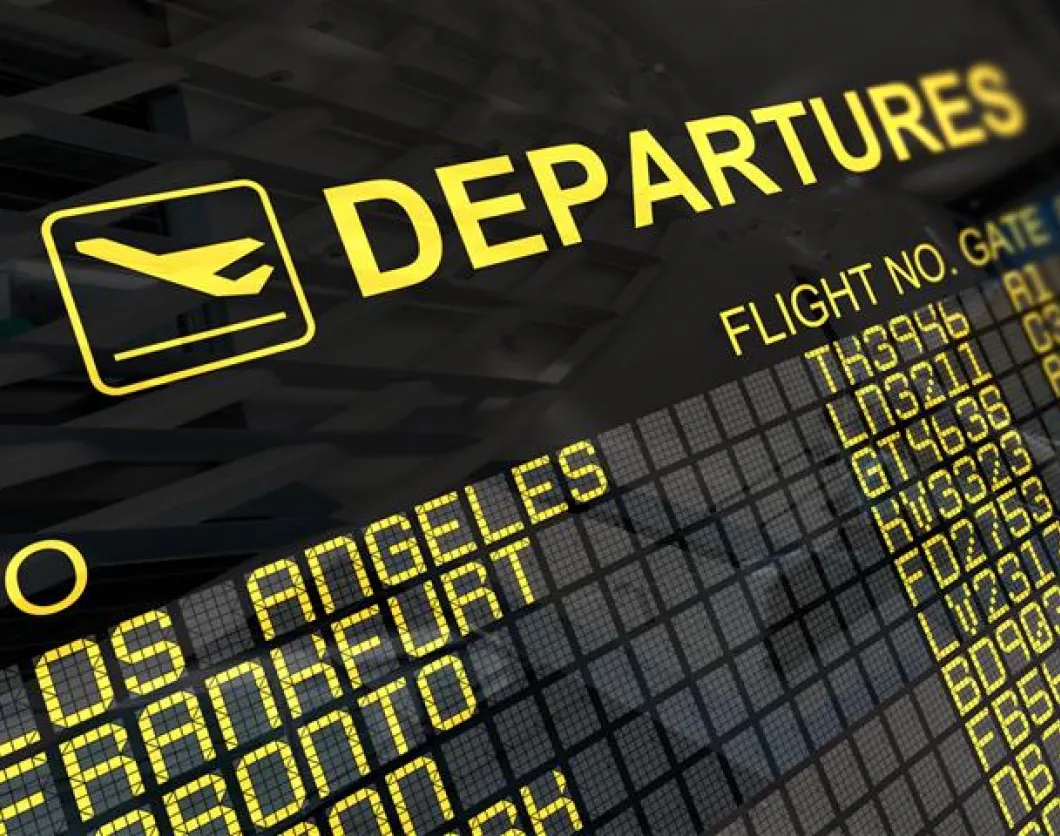The airports of China are steeped deep in challenges according to a report of Peter Morris and Joanna Lu. The reason behind these challenges stem from the country's bids for upgrading its infrastructure in order to keep with the needs for future expansion.
An Ideal Investment Entity
A handful of investors in the global market opt to invest in the airline sector, particularly airport infrastructure, after having observed the fruits they continue to whelp in a steadily growing manner. Investors and market spectators claim the sector to be a valuable yet no brainer game favorable to those who have the resources to properly tap it. Since the fiscal year of 2000, the average amount of air traffic in a global scope constantly rose to 6% per year, presenting highly solid and substantial investment returns.
The Whole Plot of China
To illuminate the real case, China mainly planned to privatize airline sectors, which was initially revealed in the UK, followed by Sydney, Australia, then Delhi, Mumbai, and a couple more. This news excited everybody, from government entities to potential investors. They expected occurrence of the whole privatization movement will actually mean new opportunities surfacing for airports, opportunities that will help them untie their necks from the government poles, both direct and indirect.
Thus, it will allow them to have full control of all operations and go for brimming excellence in terms of competing in the new face of commercial business. Basically, China means well in its movement for financial growth by air travel refacing.
Applied Enhancements
Even before the restructure movement is set to finish, customers have seen drastic changes, or more to the point improvements on and in the facilities. Even the airline companies themselves seem to be joyed by the structural modifications applied, which have mainly curbed the reliance to aeronautical charges, revealing a new set of potential revenue streams ranging from many other related services.
In the perspective of investors that are growing nervous by the day, these changes have exuded great potential to finally recuperate from issues concerning economic instabilities and a widely open gate for long-term inflated investment returns. Sometimes, when something is seemingly too good to be true, it just is.
The Flag Raiser
What raises the flags of China and other countries to take part in making some nudges to the airport sector is the previous asset valuation conducted by low cost debt financing, which unfortunately turned out to be fleeting. Like salt and water, aviation markets moved to where economies did, even into the pit. Capitalists became antsy about commitments on long-term capital the same way public authorities and government entities did. Apparently, they held towering regulatory expectations when reality spoke otherwise. And so, this prompted the beginning of the new era embodied by airports privatization.
2005/06 Connections
Back in 2005 and 2006, Budapest Airport along with other airports from across China and the UK appealed multiple bids that reached 30 times more than the usual earning levels. Recent transactions from Gatwick and Stansted, however, are up to 15 times less in the real count compared to China's achieved figures.
The Investment Model
There are three major edges held by the investment model presented and applied by China. They are the following:
- Long-term aviation demand to remain outspacing GDP
- Governments facing a continuous rise of problems related to education, healthcare funding, dependency budgets, and employments will be open to lowering capital investments on within non-core areas for sustainability and integrity
- A vast expanse of revenues and cost reductions. All the while keeping employment slots in the airport sector at par with favorable compensation rates and benefits.
In actuality, it is safe to say that the whole plot goes to the favor of all ends in its poles.
The Current Status
China along with the Middle East region, the African Peninsula, South America and India continue to keep up with the demands of growth in the whole airport infrastructure deal. While the challenges continue to boil up, these giants are able to find logical ways to mend the situation down to a calm enough state. And to give more clarity on the solutions being implemented, here are a couple of non-aeronautical areas in China's airline sector that have and continue to benefit from the move: Ground Handling, Air catering, Retail, Food and beverage, Advertising, and Business marketing.
Basically, these areas catch all the offshoots spurted out by the infrastructure refining. Though China remains challenged by recurring issues of air passenger rapid growth and demand, it still remains a success, especially with the International Airport Services Co Ltd being launched for full blown operations back in February 27, 2013, proceeding its three months period of trial. It is bound to merge with Cathay Pacific Airways, Air China, Shanghai Airport Authority, and Shanghai International Airport.










